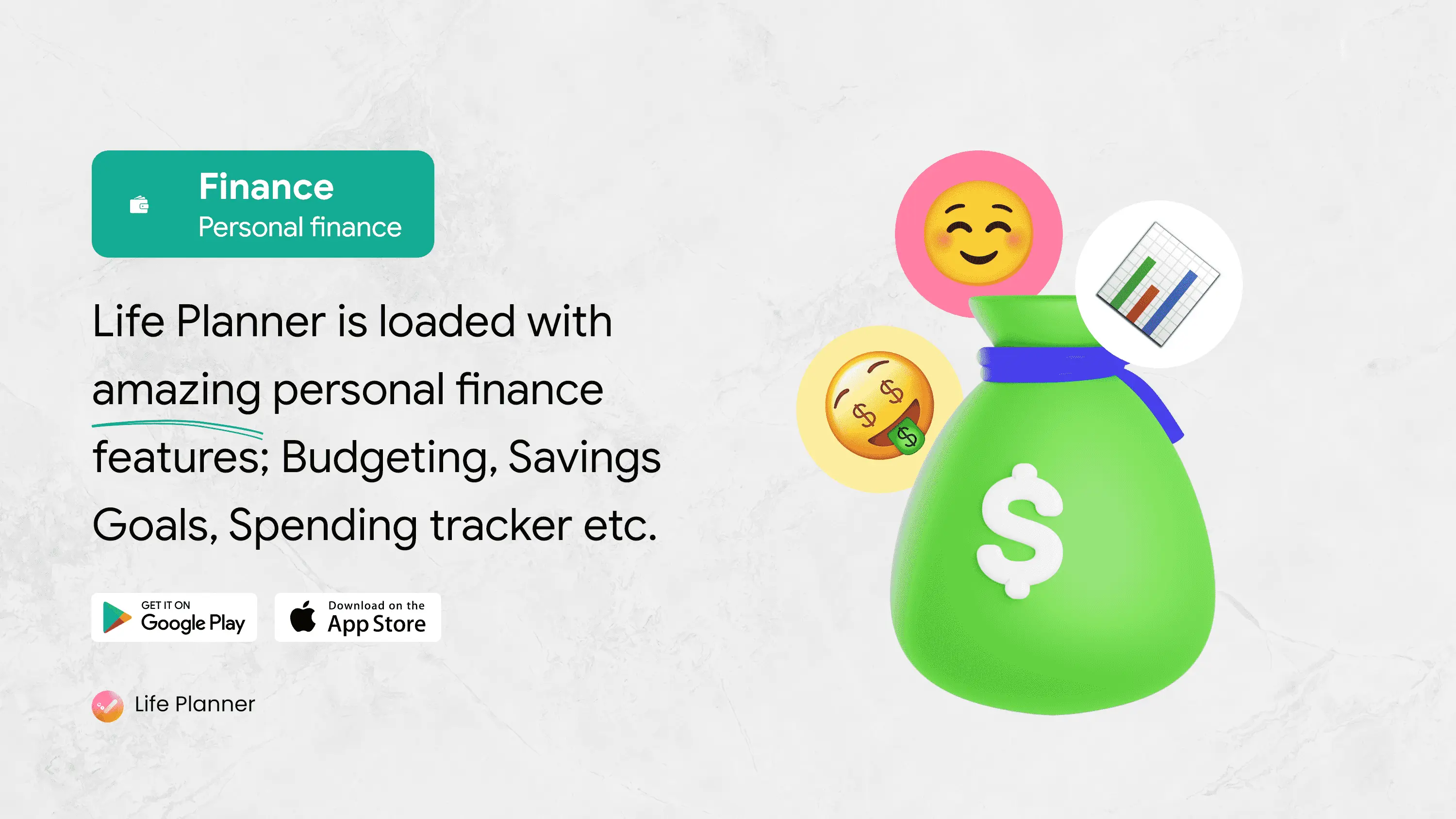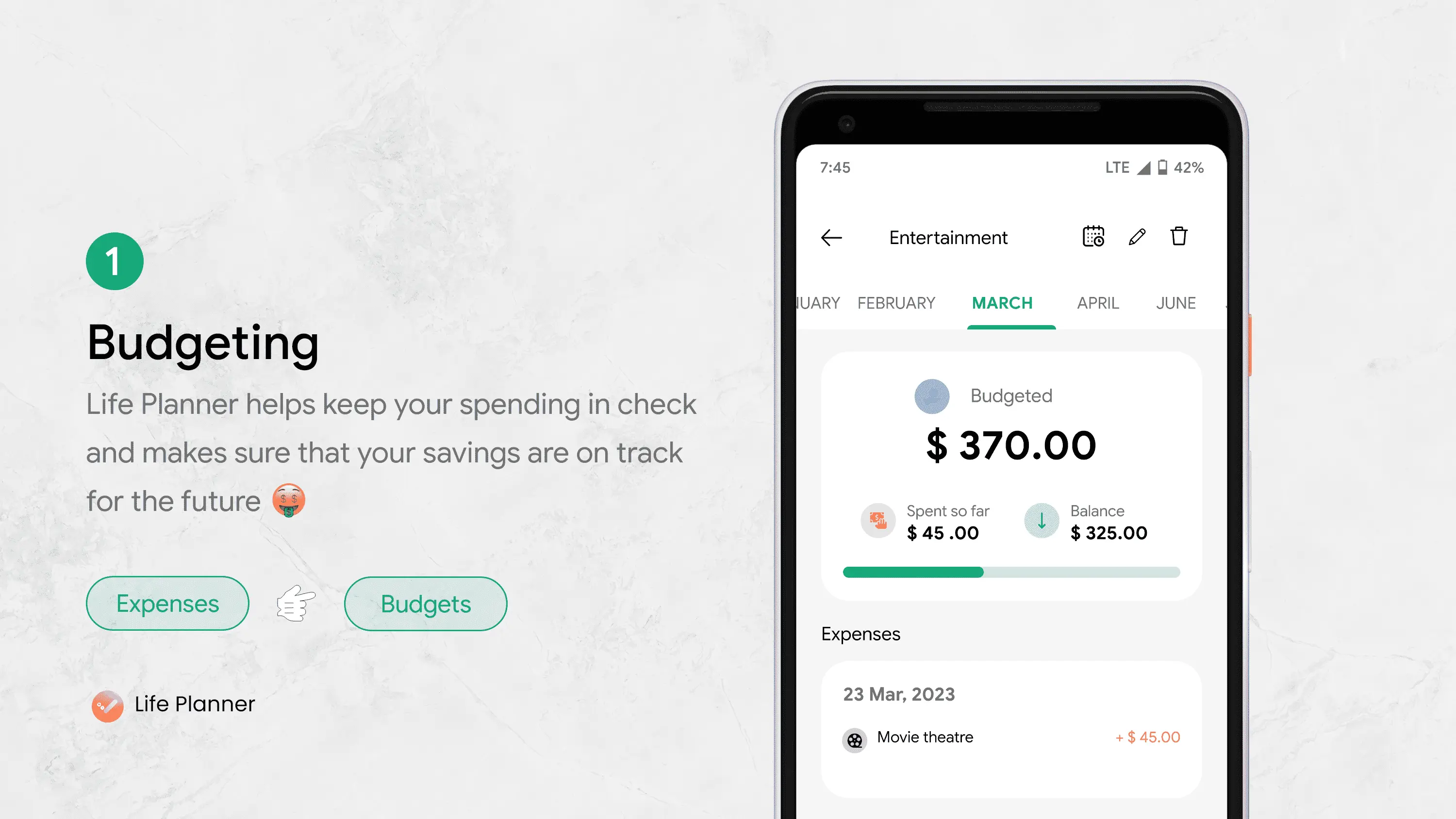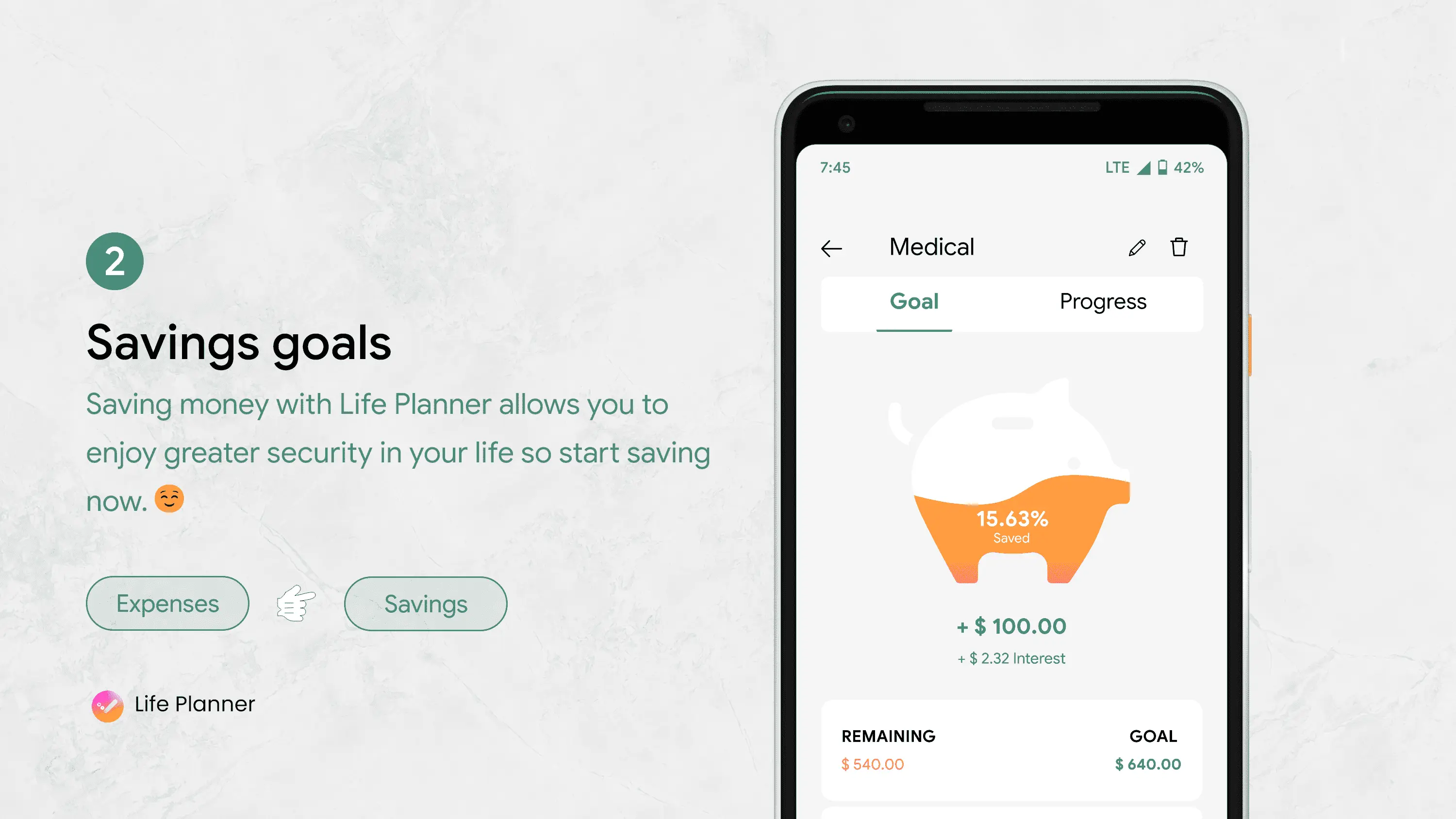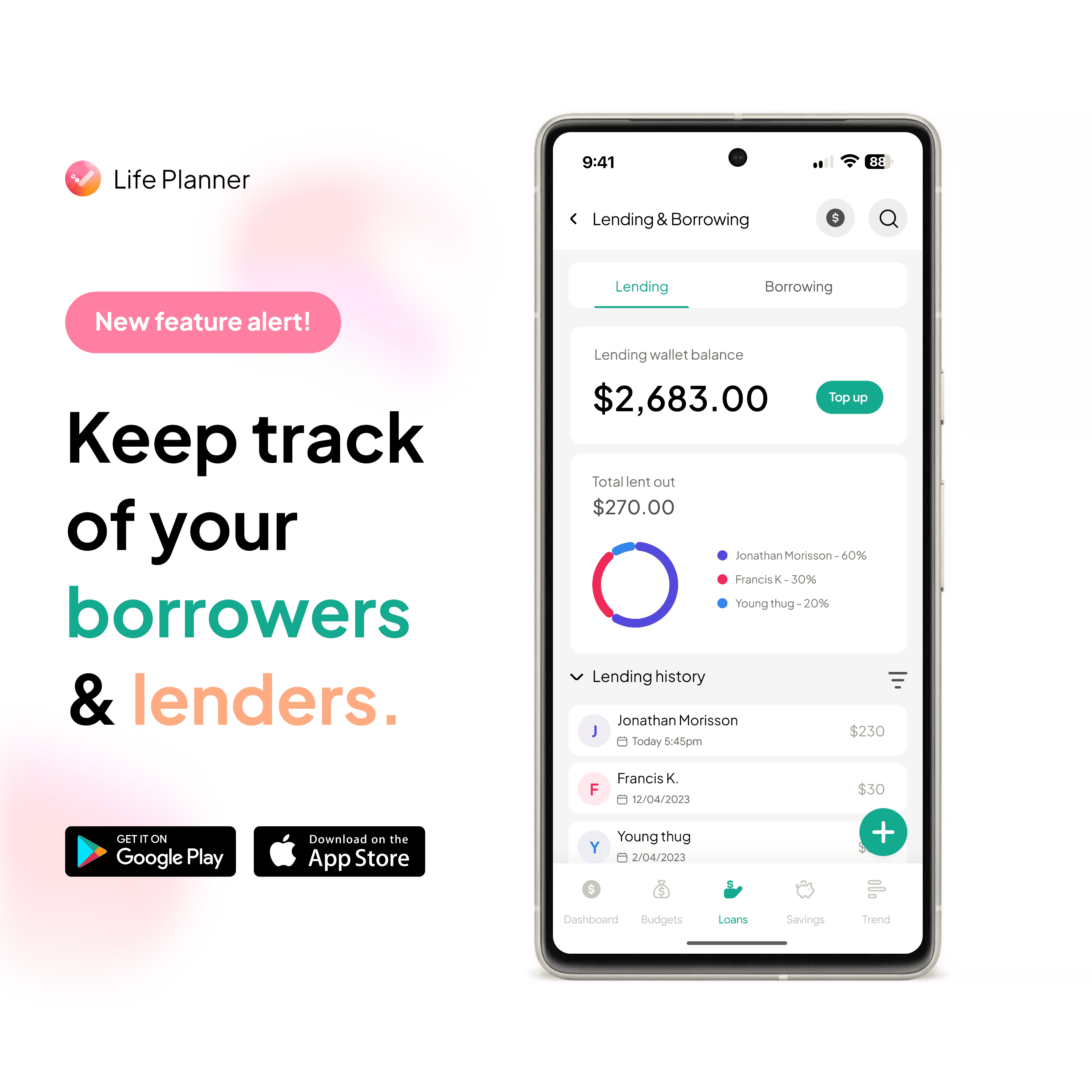Managing expenses and budgeting effectively are essential skills for financial stability and success. Whether you're saving for a major purchase, paying off debt, or simply aiming to make the most of your income, a well-thought-out budget can make a world of difference. In this blog post, we'll explore practical strategies for managing expenses and creating a budget that works for you.
Why Budgeting Matters
Budgeting is the cornerstone of financial health. It allows you to:
- Track Spending: Understand where your money goes each month.
- Set Financial Goals: Save for future needs and desires.
- Avoid Debt: Prevent overspending and the need for credit.
- Plan for Emergencies: Build a financial cushion for unexpected expenses.
Steps to Create a Budget
1. Assess Your Income
Start by determining your total monthly income. This includes your salary, any freelance work, rental income, and other sources of money. Knowing your exact income helps set realistic limits on your spending.
2. List Your Expenses
Categorize your monthly expenses into fixed and variable costs.
- Fixed Expenses: Rent/mortgage, utilities, insurance, loan payments.
- Variable Expenses: Groceries, dining out, entertainment, transportation, and miscellaneous purchases.
3. Track Your Spending
For at least a month, track every penny you spend. Use a spreadsheet, budgeting app, or even a notebook. This helps identify spending patterns and areas where you can cut back.
4. Set Financial Goals
Define short-term and long-term financial goals. Short-term goals might include saving for a vacation or a new gadget, while long-term goals could be buying a house, funding education, or retirement savings.
5. Create Your Budget
Allocate your income to cover your expenses and meet your financial goals. A popular method is the 50/30/20 rule:
- 50% for Needs: Essentials like housing, utilities, groceries, and transportation.
- 30% for Wants: Non-essentials like dining out, hobbies, and entertainment.
- 20% for Savings and Debt Repayment: Contributions to savings accounts, emergency funds, and paying down debt.
6. Monitor and Adjust
Regularly review your budget to ensure you stay on track. Life circumstances change, and your budget should be flexible enough to adapt. Adjust categories and amounts as necessary.
Tips for Managing Expenses
Prioritize Needs Over Wants
Always ensure that your basic needs are covered before spending on non-essentials. This discipline helps prevent financial stress.
Cut Unnecessary Expenses
Identify areas where you can reduce spending. This might include canceling unused subscriptions, dining out less, or finding cheaper alternatives for services and products you use regularly.
Use Cash or Debit
Paying with cash or a debit card can help you avoid accumulating credit card debt. It also makes you more aware of your spending habits.
Plan for Irregular Expenses
Set aside funds for irregular but predictable expenses like car maintenance, medical bills, and holiday shopping. Creating a sinking fund—a savings account for these purposes—can help manage these costs without disrupting your budget.
Build an Emergency Fund
Aim to save three to six months' worth of living expenses in an easily accessible emergency fund. This provides a financial buffer against unexpected events like job loss or medical emergencies.
Life Planner Personal Finance Features

Life Planner offers a comprehensive suite of personal finance features, including:
- Budgeting: Create, manage, and adjust budgets to keep your finances on track.
- Saving Goals: Set and track savings goals for future purchases or emergencies.
- Spending Tracker: Monitor your daily, weekly, and monthly expenses with ease.
- Loan and Credit Manager: Keep track of your loans and credit card balances, payments, and interest rates.
Use Life Planner for Budgeting

1. Create a Budget:
- Navigate to the budgeting section of the app. Here, you can create a new budget by categorizing your expenses into essentials (e.g., rent, utilities) and non-essentials (e.g., dining out, entertainment).
- Allocate specific amounts to each category based on your monthly income and financial goals.
2. Track Your Progress:
- Life Planner provides real-time updates on your spending against the budget. This allows you to see where you're overspending and make adjustments as needed.
3. Adjust and Optimize:
- Regularly review and adjust your budget categories. Life Planner's analytics can help you identify trends and make informed decisions about where to cut back or allocate more funds.
Use Life Planner to Manage Your Savings

1. Set Savings Goals:
- In the savings goals section, set specific goals for different purposes (e.g., emergency fund, vacation, new car). Define the target amount and the timeline for each goal.
2. Track Your Progress:
- Life Planner tracks your contributions towards each savings goal. You can see how much you've saved and how much more you need to reach your goal.
3. Adjust Goals as Needed:
- Life circumstances change, and so might your savings goals. Regularly review your goals and adjust the target amounts or timelines as necessary.
Use Life Planner to Track Your Spending
1. Categorize Transactions:
- Life Planner automatically categorizes your transactions. Review these categories and make any necessary adjustments to ensure accuracy.
2. Monitor Daily Spending:
- Use the spending tracker feature to monitor your daily expenses. The app provides visual summaries such as charts and graphs, giving you a clear view of your spending patterns.
3. Set Spending Alerts:
- Set up alerts for when you approach or exceed your budget in any category. These alerts help you stay within your budget and avoid overspending.
Life Planner Loan and Lending Tracking Features

1. Centralized Loan Management
- Dashboard View: View all your loans in one place, eliminating the need to log into multiple accounts.
- Real-time Updates: Stay informed with real-time updates on balances, interest rates, and payment schedules.
2. Automated Payment Scheduling
- Customizable Plans: Set up automated payment schedules that align with your budget.
- Reminders: Receive notifications for upcoming payments to avoid late fees and maintain a good credit score.
3. Detailed Loan Analysis
- Interest Tracking: Monitor interest payments and explore ways to save.
- Amortization Schedules: Access detailed schedules to see how your payments reduce your loan balance.
4. Financial Goal Setting
- Goal Planning: Set and track financial goals, such as paying off a loan early or saving for a major purchase.
- Progress Tracking: Use visual tools to monitor your progress and stay motivated.
Lending Tracking Features
Life Planner Loan also excels in managing money you lend to others, making it ideal for personal loans and peer-to-peer lending.
1. Lending Dashboard
- Loan Overview: Track all money lent out, including terms and repayment schedules.
2. Repayment Tracking
- Automated Reminders: Ensure timely repayments with automated notifications.
- Repayment Schedules: View detailed repayment plans for each loan.
3. Interest and Fees Management
- Interest Calculation: Automatically calculate interest based on agreed terms.
- Fee Tracking: Monitor fees and penalties for late payments.
4. Legal Documentation
- Contract Management: Store and manage legal contracts to handle disputes and ensure compliance.
Life Planner is an indispensable tool for anyone looking to manage their finances effectively. With its robust features for budgeting, tracking spending, and managing savings, it simplifies financial management and helps you stay on top of your money. By leveraging Life Planner's capabilities, you can gain better control over your finances, make informed financial decisions, and work towards achieving your financial goals.
Effective budgeting and expense management are vital for financial security and achieving your financial goals. By assessing your income, tracking expenses, setting realistic goals, and regularly reviewing your budget, you can take control of your finances. Remember, the key to successful budgeting is consistency and adaptability. Stay committed to your budget, make adjustments as needed, and watch your financial health improve over time.

